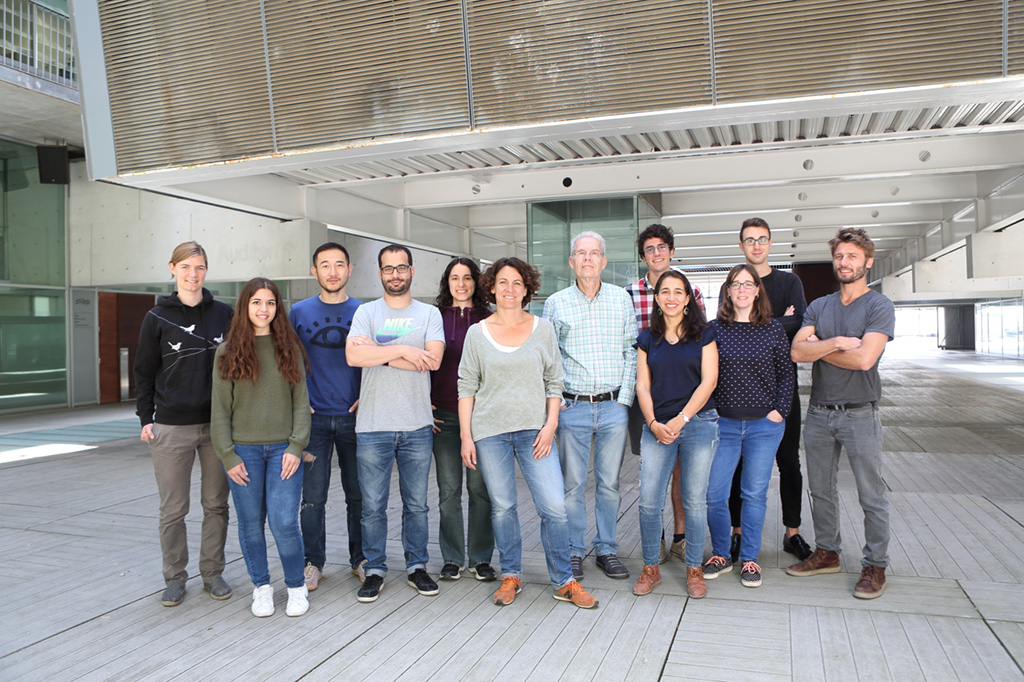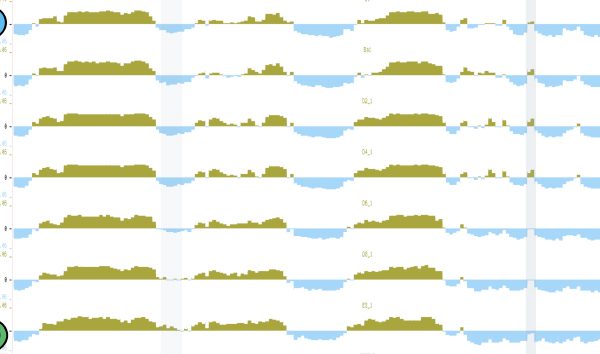Ruetz T, Pfisterer U, Di Stefano B, Ashmore J, Beniazza M, Tian TV, Kaemena DF, Tosti L, Tan W, Manning JR, Chantzoura E, Ottosson DR, Collombet S, Johnsson A, Cohen E, Yusa K, Linnarsson S, Graf T, Parmar M, Kaji K.
“Constitutively Active SMAD2/3 Are Broad-Scope Potentiators of Transcription-Factor-Mediated Cellular Reprogramming.”
Cell Stem Cell, 21(6):791-805 (2017).
Quilez J, Vidal E, Dily FL, Serra F, Cuartero Y, Stadhouders R, Graf T, Marti-Renom MA, Beato M, Filion G.
“Parallel sequencing lives, or what makes large sequencing projects successful.”
Gigascience, 6(11) (2017).
Graf T.
“Covering the Stem Cell Explosion at the 2017 ISSCR Conference in Boston.”
Stem Cell Reports, 10;9(4):1017-1023 (2017)
Collombet S, Oevelen C, Sardina Ortega JL, Abou-Jaoude W, Di Stefano B, Thomas-Chollier M, Graf T*, Thieffry D*.
“Logical modeling of lymphoid and myeloid cell specification and trans-differentiation.”
PNAS, 114:5792-5799 (2017).
Lim AI, Li Y, Lopez-Lastra S, Stadhouders R, Paul F, Casrouge A, Serafini N, Puel A, Bustamante J, Surace L, Masse-Ranson G, David E, Strick-Marchand H, Le Bourhis L, Cocchi R, Topazio D, Graziano P, Muscarella LA, Rogge L, Norel X, Sallenave JM, Allez M, Graf T, Hendriks RW, Casanova JL, Amit I, Yssel H, Di Santo JP.
“Systemic Human ILC Precursors Provide a Substrate for Tissue ILC Differentiation.”
Cell, 168(6):1086-1100 (2017).
Iberg-Badeaux A, Collombet S, Laurent B, van Oevelen C, Chin KK, Thieffry D, Graf T*, Shi Y*.
“A Transcription Factor Pulse Can Prime Chromatin for Heritable Transcriptional Memory.”
Mol Cell Biol, 37(4) (2017).

